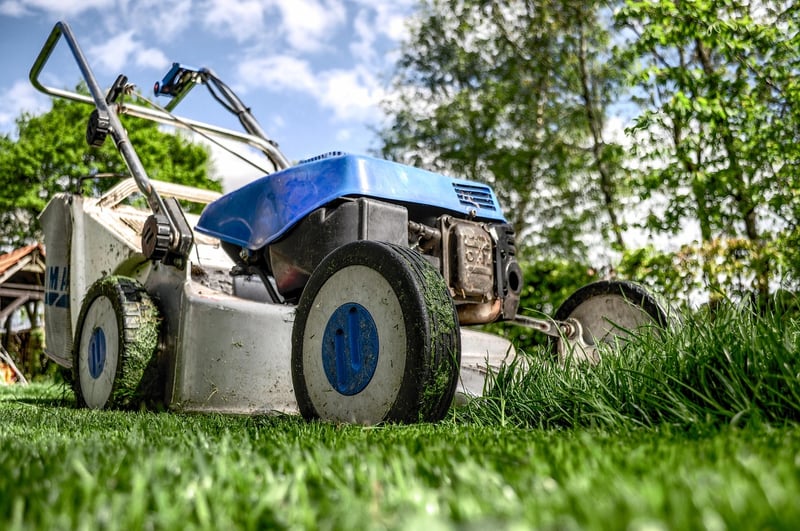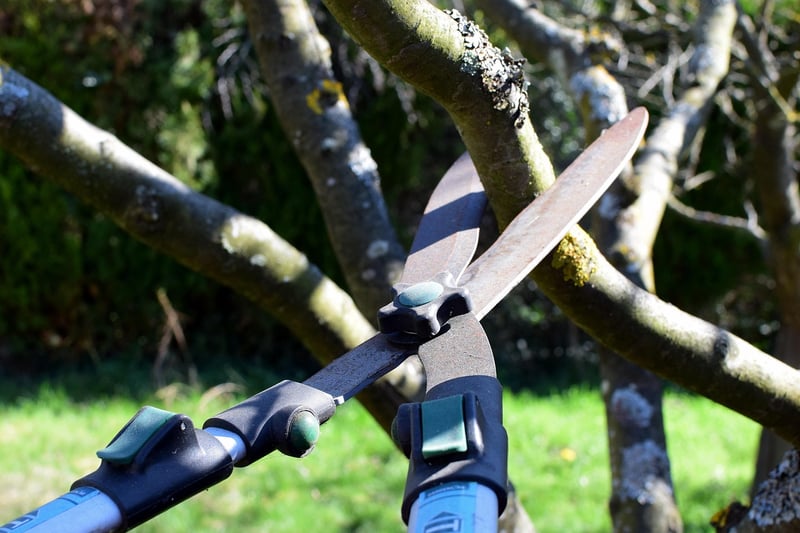Pruning Techniques
Keeping Your Garden Healthy: Essential Pruning Techniques
Welcome to our guide on essential pruning techniques to keep your garden healthy and thriving. Pruning is a crucial aspect of garden maintenance that not only enhances the appearance of your plants but also promotes their growth and overall well-being. Let's explore some key pruning techniques that every gardener should know.
1. Why Pruning is Important
Pruning helps remove dead or diseased branches, encourages new growth, improves air circulation, and shapes the plant for better aesthetics. It also prevents overcrowding, which can lead to disease and pest infestations.
2. Tools for Pruning
Before you start pruning, make sure you have the right tools handy. Essential pruning tools include pruning shears, loppers, pruning saws, and hedge trimmers. Keeping your tools sharp and clean is important for effective pruning.
3. Pruning Techniques
3.1. Deadheading
Deadheading involves removing faded or dead flowers from plants to promote continuous blooming. Use sharp pruning shears to cut just above a set of healthy leaves or buds.
3.2. Thinning
Thinning is the removal of entire branches or stems to improve air circulation and reduce overcrowding. This technique allows more light to reach the inner parts of the plant, promoting healthy growth.
3.3. Heading Back
Heading back involves cutting back the tips of branches to promote branching and denser growth. This technique is commonly used on shrubs to maintain their shape and size.
3.4. Rejuvenation Pruning
Rejuvenation pruning is a more drastic technique used to revive overgrown or neglected plants. It involves cutting back the entire plant close to the ground to stimulate new growth.
4. When to Prune
The timing of pruning depends on the type of plant. In general, prune flowering shrubs right after they bloom, prune deciduous trees in late winter or early spring, and prune evergreens in late spring or early summer.
5. Conclusion
Pruning is an essential practice for maintaining a healthy and beautiful garden. By mastering these pruning techniques and understanding the needs of your plants, you can ensure they thrive and flourish throughout the year.

Remember to approach pruning with care and precision to avoid causing harm to your plants. Happy pruning and happy gardening!
